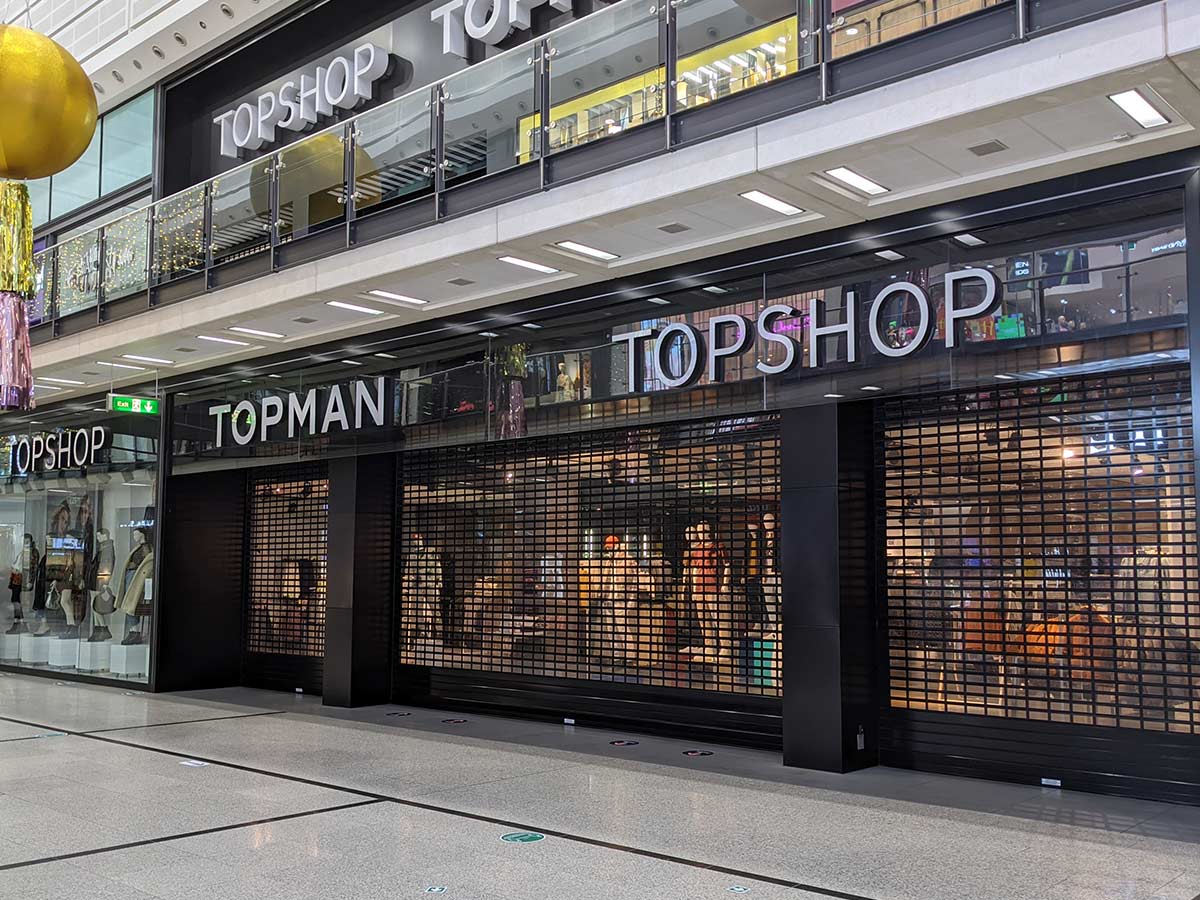Forensic accountants will crawl over the failed Arcadia business but, quite simply, it failed because the management team had zero understanding of the value of an online customer base that spanned many generations across multiple brands. By forcing its brands to compete online just as they do on the high street, the company missed the chance to capture and engage customers as they moved through the entire brand portfolio, from 16 to 56. What a waste.
It is no secret that all the Arcadia brands, from Topman to Burtons and Miss Selfridge, lagged behind when it came to eCommerce investment. The online offer, when it eventually appeared, was a world apart from the quality of the experience provided by online-only retailers and the business suffered as a result.
But this was not the management’s biggest failing. For the past two decades, retailers have been falling over themselves in a bid to collect customer data, to use that information to deliver an experience that builds loyalty, drives retention and maximises customer lifetime value. This is a massive business cost, especially for fashion chains which have to manage a constantly changing customer base. As customers age, tastes change.
Yet, despite having a brand portfolio that appeals to customers across many different age groups, Arcadia did none of that – at least not at anything more than brand level. Instead, it insisted its brands competed as individual entities online, rather than maximised their value as a group to capture customers across the entire business, all the way from teen to middle age.
Assuming that, because its brands competed on the high street, the same model should be applied online was an extraordinary, wasted opportunity. It was also a bizarre misunderstanding of the way successful online retail works. On the high street, competition is inevitable, but online retail provides a chance for inter- and intra-brand collaboration that transforms customer retention and builds strong brand loyalty.
Who is doing it right?
An example of a retailer paving the way in the coordination of the online and offline experience is Whole Foods in the US. The grocer has created an omnichannel link within its retail strategy, improving and driving better relationships with its users. Its consumer experience is a fully-rounded service designed to make the lives of the consumer easier.
Services include recommending menus from its website for customers based on the number of diners, dietary requirements and occasion then generating a list of ingredients to purchase. That list is then made available through a mobile app that supports the in-store shopping experience and provides loyalty points at checkout. After, it proactively provides video tutorials to aid the actual cooking process. The retailer has truly embraced all possible technologies to integrate online and offline and drive an experience that is truly personalised.
If this type of coordinated personalised experience both in store and online had been implemented within Arcadia’s strategy – even at an individual brand level – the fate of the company would probably have been entirely different.
Arcadia’s failure stemmed from decades of keeping its portfolio of different brands disconnected and the fact that none of the individual brands used online customer data collected to create a personalised experience.
The collapse of Topshop
Let’s take Topshop as an example. Since the mid-1970s, Topshop’s target audience has been the 13 to 24 age group. Since then, flares have become funnels, tastes have changed and the world is completely different from three-channel television and Woman’s Weekly. This was a world where Topshop towered above other outlets by catering directly for their specific demographic.
Turn the clock forward nearly 50 years and the commitment to fashion innovation is still strong with the Topshop buyers. However, the in-store assistant who directed customers to the right rail or the right look has never appeared online. Did the shop assistant in Topshop or Miss Selfridge ever allow you to buy a dress and walk out without the matching shoes, belt, handbag, scarf and hat, for example? Now show me that experience online… It doesn’t – but should – exist.
At best, the Topshop site resembles an online catalogue, taking serious commitment to browse. Innovative engagement with the consumer is negligible and there is no acquisition of consumer preferences to enable recommendations.
Couple that with no ‘baton handoff’ to portfolio retailers as the consumer ages and we have the core reason the Arcadia empire collapsed: Little to no personalised consumer engagement and no coordination between their retail brands.
From teen to middle age
What went wrong? Under the umbrella of the Arcadia holding company, brands such as Miss Selfridge, Topshop, Dorothy Perkins and Wallis went head-to-head to win consumers rather than maximising their market position to build engagement throughout a customer’s life. By running each brand separately, there was no attempt to maximise customer lifetime value and to move them between brands as they matured.
Just imagine how much more successful every brand would have been if the model had changed, if individuals had been encouraged to view themselves as an ‘Arcadia’ customer, as well as Miss Selfridge advocate. Of course, the retailer should have been asking questions to discover a customer’s gender, age and preferences and used that information to personalise the immediate experience and create loyalty. It didn’t and that was another failure.
By building a profile for each customer across the entire retail estate, Arcadia could have followed customers as they moved through teen fashion and started to look for something more sophisticated. Rather than losing customers to the competition at this point, it could have captured those individuals and provided offers that nudged them across the brand portfolio. And, critically, retained them within the overall Arcadia business.
No one at Arcadia woke up to the value of this amazing online customer asset. No one attempted to build a personalised experience that encompassed all the relevant brands. Instead, the model was inter-company competition. Just like on the high street. It didn’t work.
The key to future success
Arcadia’s failure stemmed from decades of keeping its portfolio of different brands disconnected and the fact that none of the individual brands used online customer data collected to create a personalised experience. How can these brands’ new owners (rumoured to be, at least in part, Asos) reinvigorate customer loyalty? The answer is two-fold.
It is likely that the Arcadia brands will be sold separately. Let’s face it, in this case, the whole is not greater than the sum of the individual parts. Wallis, for example, thrived during the 1950s, ‘60s and ‘70s by taking inspiration from the haute couture fashion designers including Chanel and Dior back to its customers. It is time for any new owner to be as innovative as the brands were then, using research, data and technology to understand who its customers truly are.
The second path to future success is to build upon that understanding of a customer’s identity to bring personalisation and relevance to the online shopping experience, and thereby develop a set of customers loyal to each brand.
In short, the lessons from Arcadia’s collapse can be reversed by the new individual brand owners, but only if they prioritise innovation and personalisation to create loyal customers. The investment must be focused on products, as well as the identity and individualisation of its customer base, so that they are encouraged to return back to the high street shop or website.
By standing out from the vast competition and being different, providing a new, unique and relevant experience, the future of the brands could have a different ending to their parent, Arcadia. With the likes of Amazon now transitioning to high street retail shops, perhaps a successful internet retailer making the move the other way can take advantage of these separate brands.
Featured image: John B Hewitt / Shutterstock.com































